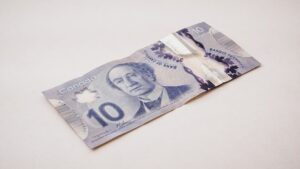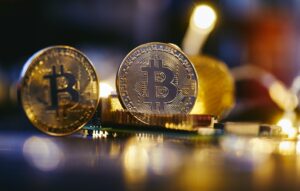Understanding Forex Currency Rates: A Beginner’s Guide
Forex trading, also known as foreign exchange trading, is the process of buying and selling currencies with the aim of making a profit. It is a decentralized market where currencies are traded 24 hours a day, five days a week. In order to succeed in forex trading, it is essential to have a good understanding of forex currency rates.
What are Forex Currency Rates?
Forex currency rates, also known as exchange rates, determine the value of one currency in relation to another. For example, if the exchange rate between the US dollar and the euro is 1.10, it means that one US dollar is equivalent to 1.10 euros. Forex currency rates are constantly changing due to various factors such as economic indicators, geopolitical events, and market sentiment.
Currency Pairs:
In forex trading, currencies are always traded in pairs. The first currency in the pair is called the base currency, and the second currency is called the quote currency. For example, in the currency pair EUR/USD, the euro is the base currency and the US dollar is the quote currency. The exchange rate indicates how much of the quote currency is needed to buy one unit of the base currency.
Understanding Pips:
Pips, short for “percentage in point,” are the smallest unit of measurement in forex trading. They represent the change in value between two currencies. Most currency pairs are quoted to the fourth decimal place, with one pip being equal to 0.0001. However, some currency pairs, such as the Japanese yen, are quoted to the second decimal place, with one pip being equal to 0.01. Pips are used to calculate profits and losses in forex trading.
Factors Affecting Forex Currency Rates:
Several factors influence forex currency rates. One of the most important factors is interest rates. Central banks use interest rates to control inflation and stimulate economic growth. When a country’s interest rates rise, it attracts foreign investors seeking higher returns, which increases demand for the currency and strengthens its value. On the other hand, when interest rates are lowered, it reduces demand for the currency and weakens its value.
Economic indicators also play a significant role in determining forex currency rates. Indicators such as GDP (Gross Domestic Product), inflation rates, employment data, and consumer sentiment provide insights into a country’s economic health. Positive economic indicators often lead to a stronger currency, while negative indicators can weaken a currency.
Geopolitical events can also cause significant movements in forex currency rates. Political instability, wars, and trade disputes can create uncertainty in the markets, leading to volatile currency movements. Traders need to stay informed about global news and events to anticipate potential currency rate fluctuations.
Market sentiment, or the overall attitude of traders towards a particular currency, can also impact forex currency rates. If traders believe that a currency will appreciate in value, they will buy it, driving up its price. Conversely, if traders have a bearish outlook on a currency, they will sell it, causing its value to decline.
How to Monitor Forex Currency Rates:
To monitor forex currency rates, traders use charts and trading platforms. Charts provide a visual representation of currency price movements over time. They allow traders to analyze historical data, identify trends, and make informed trading decisions. Trading platforms provide real-time quotes and allow traders to execute trades directly from their computers or mobile devices.
Conclusion:
Understanding forex currency rates is essential for anyone looking to venture into forex trading. By comprehending the factors that influence currency rates, traders can make informed decisions and potentially profit from currency fluctuations. However, it is important to note that forex trading involves risks and requires careful analysis and risk management. Beginners should start with a demo account and gradually transition to real trading once they have gained sufficient knowledge and experience.





